10 Ultra-Rare Mushrooms You’ll Want to Discover
The most expensive mushrooms in the world are known for their rarity, unique flavors, and luxurious appeal. Some are cultivated in specific regions, while others are foraged in wild, remote landscapes.
These mushrooms hold an esteemed place in fine dining, adding exclusivity and richness to dishes. Their scarcity often contributes to their high value, with some varieties prized for intense, aromatic qualities.
Each brings a taste that is both refined and sought after by gourmet enthusiasts. Ready to uncover 10 of the world’s most expensive mushrooms?
Let’s take a look:
Shiitake Mushrooms
Shiitake mushrooms are a beloved ingredient in many kitchens, renowned for their rich umami flavor and unique texture. Often found growing on logs, these brownish fungi thrive in various environments across the globe, from Asia to Western culinary spaces.
With their slightly chewy consistency and earthy undertones, Shiitakes elevate numerous dishes with depth and complexity. Their accessibility makes them popular; you can easily find fresh or dried varieties at local grocery stores.
Though not among the priciest mushrooms available, priced between $12 to $24 per pound, they pack a nutritional punch with high levels of copper and immune-boosting polysaccharides that contribute to overall health benefits such as better bone strength and reduced cholesterol levels.
Lions Mane
Unlike traditional mushrooms, Lion’s Mane mushrooms resemble a fluffy pompon, adorned with long tendrils that sway gracefully in the breeze. Found on decaying logs across North America, Europe, and Asia, Lion's Mane is not only easy to cultivate but also accessible in various markets.
Prices for this intriguing mushroom can climb up to $36 per pound depending on availability and quality. The younger specimens boast a bright white hue that gradually shifts to brown as they mature.
Rich in potential health advantages, these fungi may aid blood sugar regulation while boosting immune function and alleviating inflammation issues you might face daily.
Porcini Mushrooms
Porcini mushrooms are prized fungi renowned for their rich flavor and distinct texture. Harvested from the wild, they thrive in forests among pine and spruce trees, making their discovery a rewarding challenge.
Known scientifically as Boletus Edulis or King Bolete, these mushrooms hold significant culinary value, especially in Italian cuisine. While primarily found across Europe, you might also come across them in North America’s woodlands.
The rarity of porcini contributes to their high market price, reaching up to $70 per pound when dried and sold globally; this makes them a sought-after ingredient for gourmet dishes.
Enoki Mushrooms
Enoki mushrooms are a fascinating variety characterized by their unique appearance, resembling clusters of delicate bean sprouts or cauliflower. With slender stems and rounded caps, these mushrooms thrive in Japan, China, and Korea but have gained popularity worldwide.
Priced at $108 per pound in Europe and North America, they offer an accessible way to elevate your cooking without overpowering other flavors. Their nutty yet subtly fruity taste enhances soups, noodle dishes, and sushi alike, making them a versatile ingredient for anyone looking to add depth to their meals.
Cooking with enoki can transform simple recipes into delightful experiences that you’ll want to repeat often.
Chanterelles
Chanterelles are prized mushrooms known for their distinct peppery flavor and striking golden hue.
Renowned among gourmet chefs, these fungi flourish in specific conditions that make them incredibly challenging to cultivate.
They require a delicate balance of moisture and warmth, which adds to their rarity and high price tag.
Proper cooking is essential; consuming chanterelles raw can lead to digestive issues, so ensure they are sautéed or roasted thoroughly before serving.
European White Truffles
European white truffles are renowned for their extraordinary rarity and unparalleled flavor, making them a prized delicacy in the culinary world.
Harvesting these elusive fungi requires immense dedication as they grow underground near oak and hazel trees, primarily in Italy and France.
Specialized dogs trained to sniff out these hidden treasures play a crucial role in locating them, adding an extra layer of intrigue to their collection process.
Due to their limited availability, prices soar significantly, often exceeding $3,600 per pound during peak harvests.
Matsutake
Matsutake mushrooms are among the rarest and priciest fungi globally, cherished for their distinct spicy notes and aromatic profile. Found beneath red pine trees in select regions of Asia, their unique growing environment contributes to a taste that stands apart from other varieties.
These versatile mushrooms shine in chowders, rice dishes like gohan, or even served raw when freshly cleaned. Harvested mainly through foraging rather than cultivation in Japan adds to their exclusivity and high market value, reaching an astonishing price of $2,000 per pound.
Interestingly enough, Matsutake not only thrives under specific conditions but also affects its host pines' health; as pine populations dwindle due to environmental pressures, so does the availability of this prized mushroom species.
Black Truffles
Black truffles are among the most sought-after mushrooms worldwide, renowned for their intense aroma and unique flavor. These prized fungi grow in symbiosis with mature oak trees, making them notoriously difficult to find and harvest.
While traditionally sourced by trained pigs or dogs, the cultivation process is labor-intensive, contributing to their steep price of approximately $900 per pound. Although predominantly a European delicacy, efforts have emerged in Australia and the USA to cultivate these luxurious mushrooms as well.
Variations like Burgundy and Spanish truffles add further intrigue to this gourmet treasure while highlighting its global appeal within high-end cuisine.
Yartsa Gunbu
Yartsa gunbu stands out as the priciest mushroom globally, famed for its intriguing history and unique growth pattern. This remarkable fungus is often referred to as "Himalayan Viagra" due to its reputed aphrodisiac properties and various health benefits noted in ancient Tibetan texts.
Traditionally, it was enjoyed in teas or soups by locals before skyrocketing demand transformed yartsa into a luxury item. The fascinating life cycle of this mushroom involves infecting caterpillars during late summer; after consuming their host from within, it emerges dramatically from the remains.
Harvested at altitudes between 3,000-4,500 meters across the Himalayas and Tibetan Plateau, yartsa's rarity contributes significantly to its staggering price tag, about $2,000 per ounce or up to $63,000 per pound.
Morels
Morel mushrooms stand out with their unique sponge-like appearance, characterized by a ruffled cone-shaped head that captures attention. Known for their elusive nature, these fungi thrive in the wild from March to May across the Midwest of the USA and are notoriously difficult to cultivate despite being relatively easy to forage.
Mushroom enthusiasts often dedicate considerable time searching for morels as they blend seamlessly into forest foliage. While dried morels can command prices up to $254 per pound, fresh varieties may be found at around $90 a pound, if you’re fortunate enough to spot them in stores.
With a rich nutty flavor that's bolder than shiitake mushrooms, chefs typically use these small gems as an exquisite garnish rather than a main ingredient.

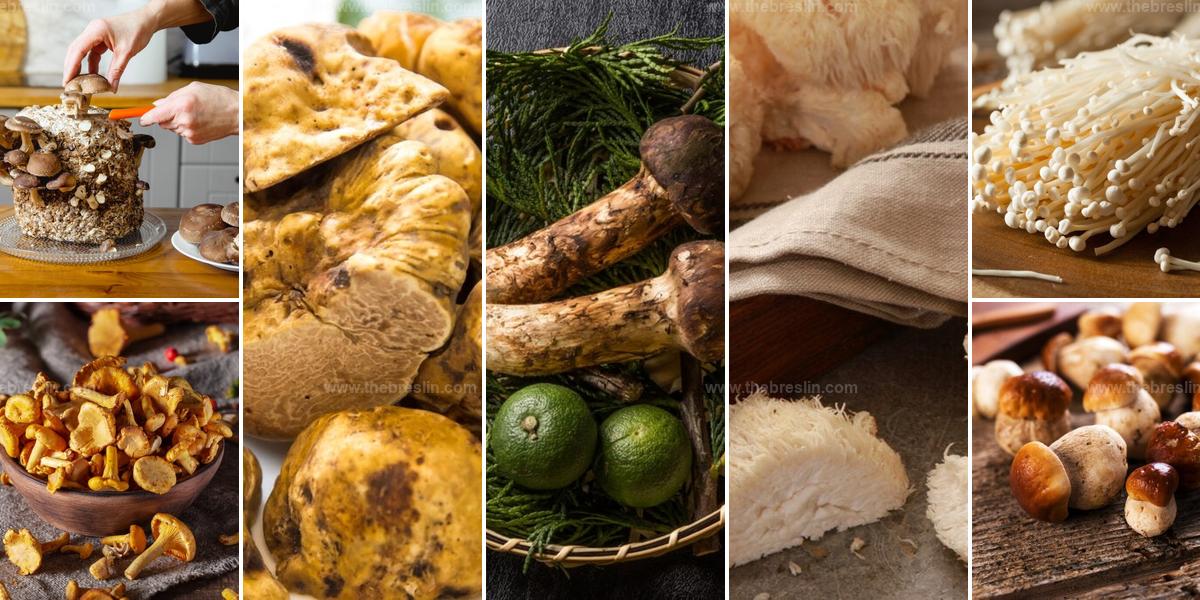
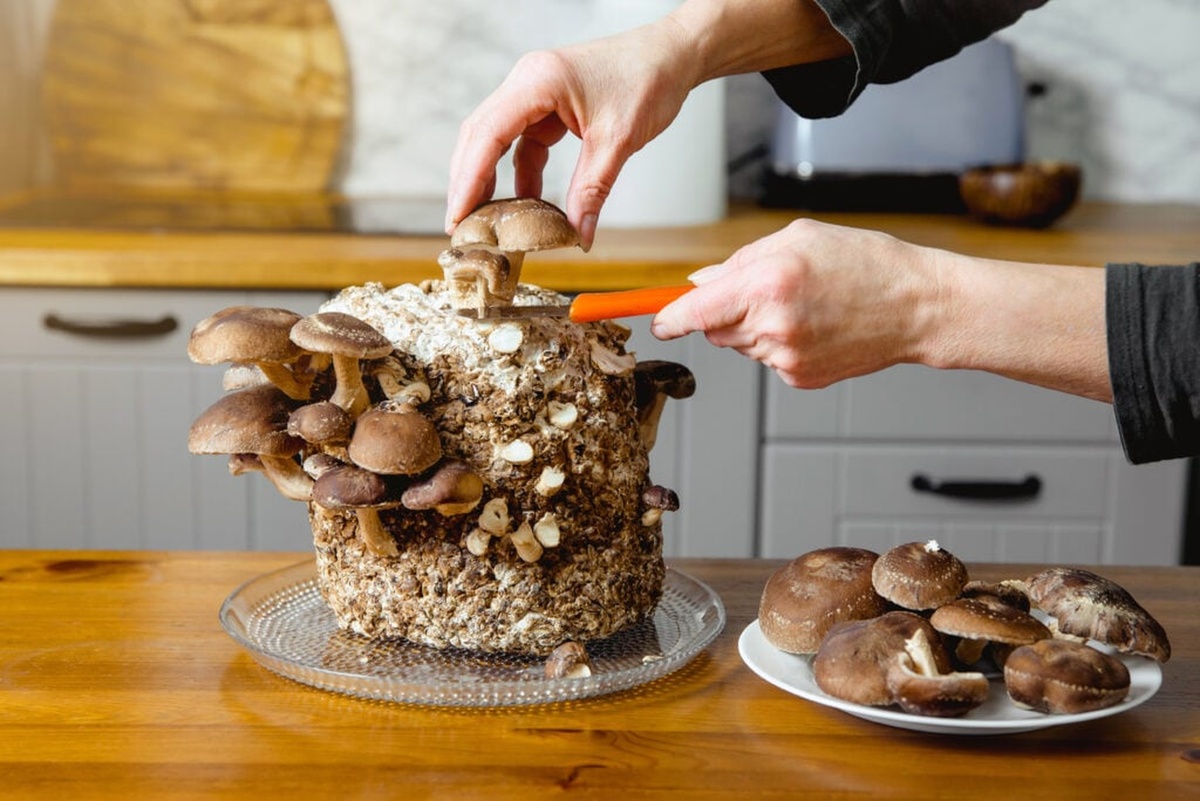
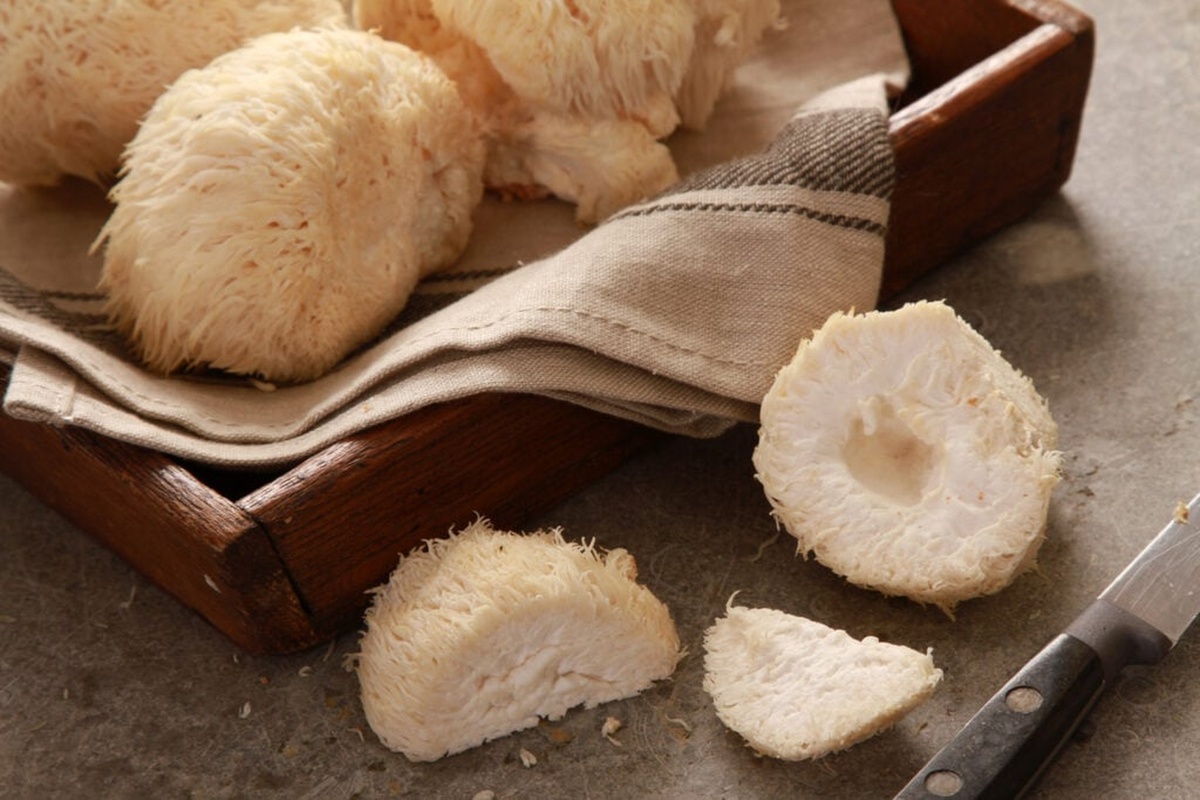
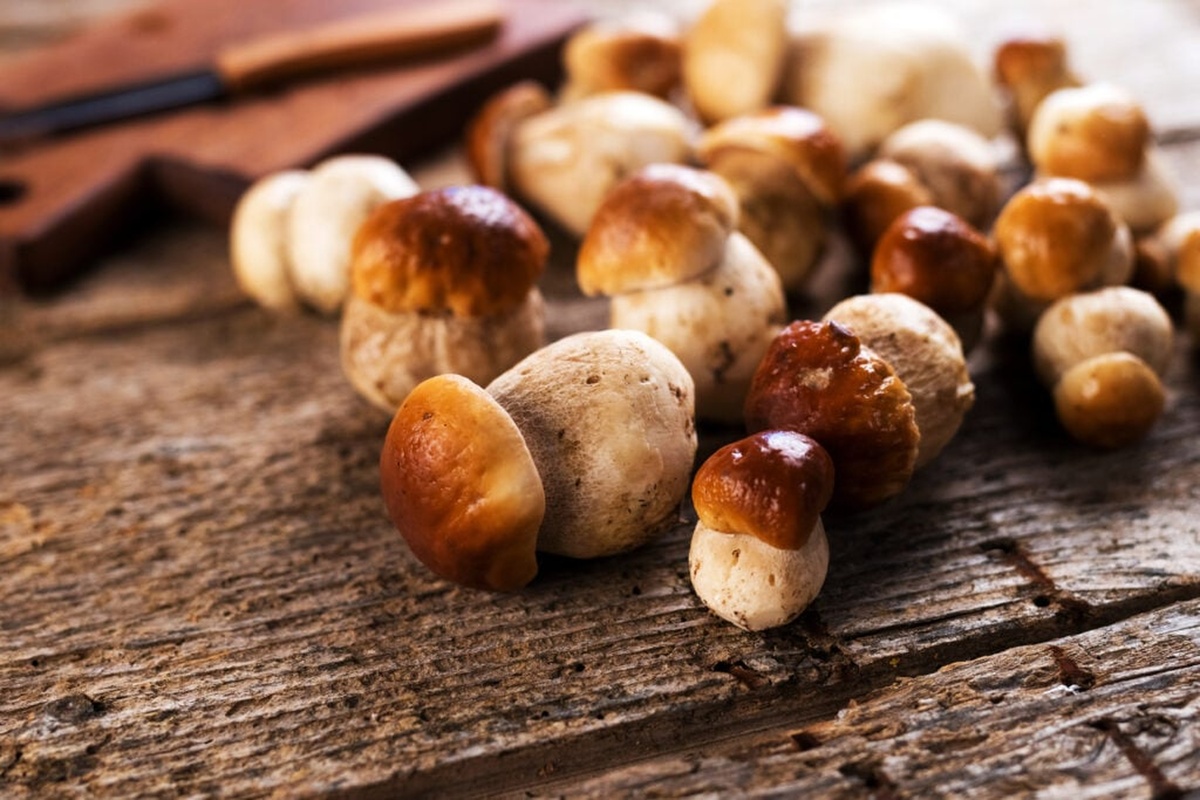
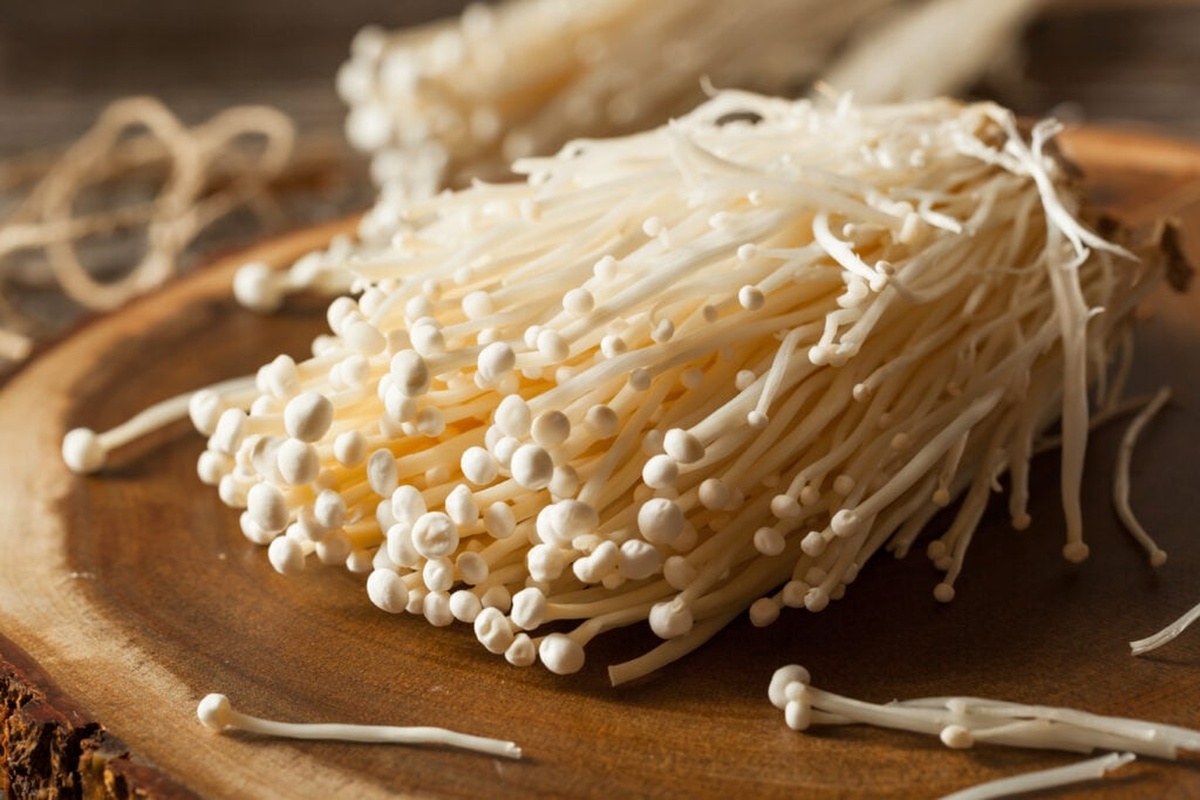
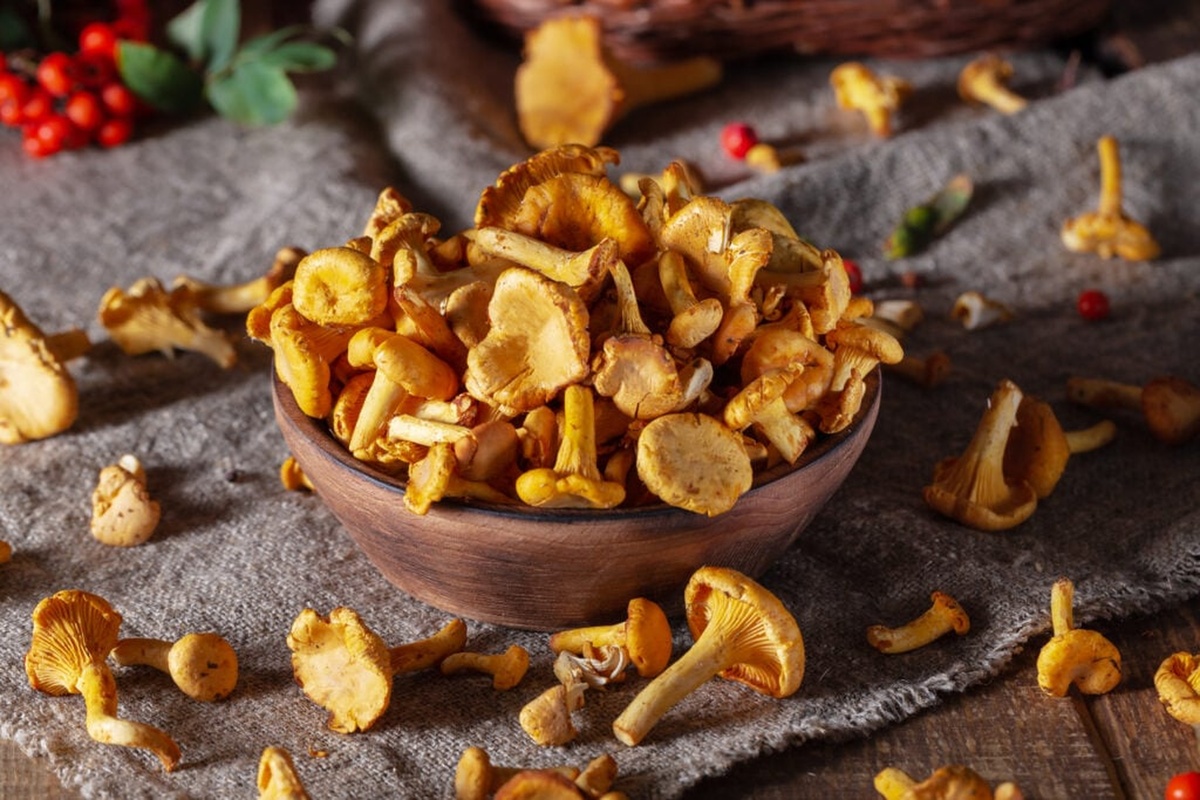
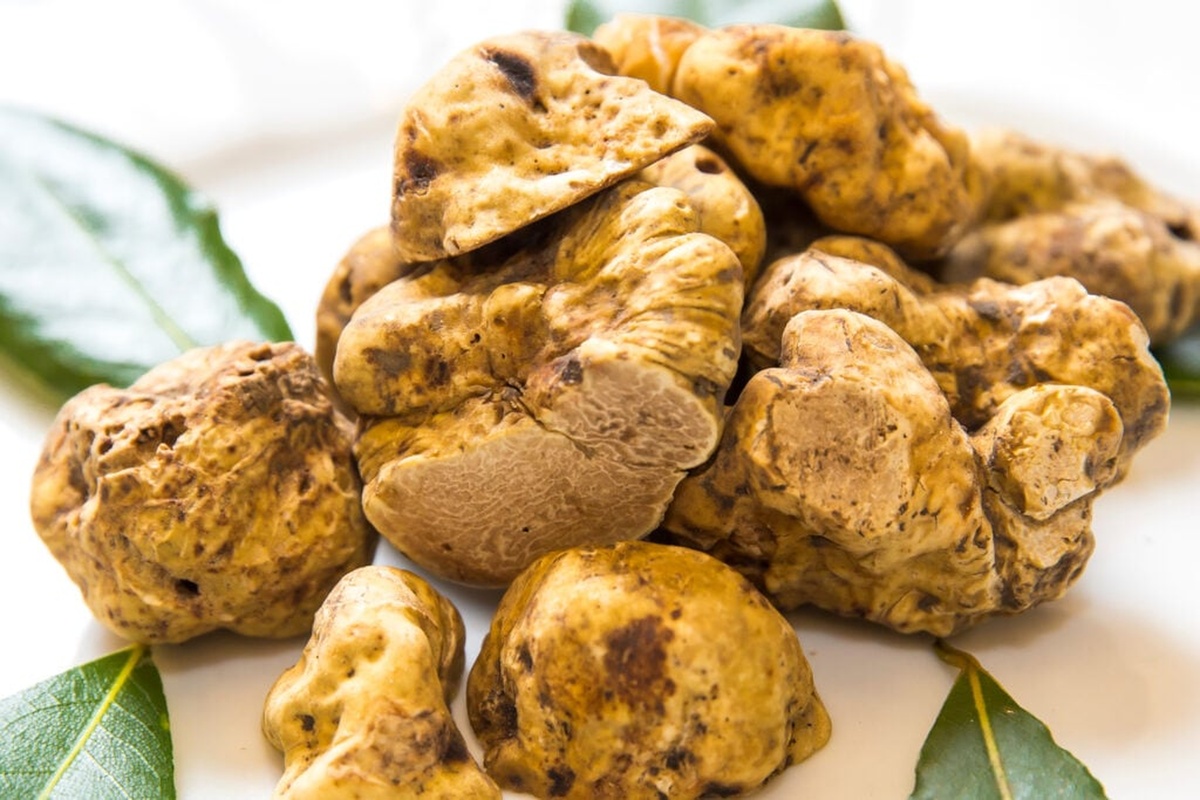
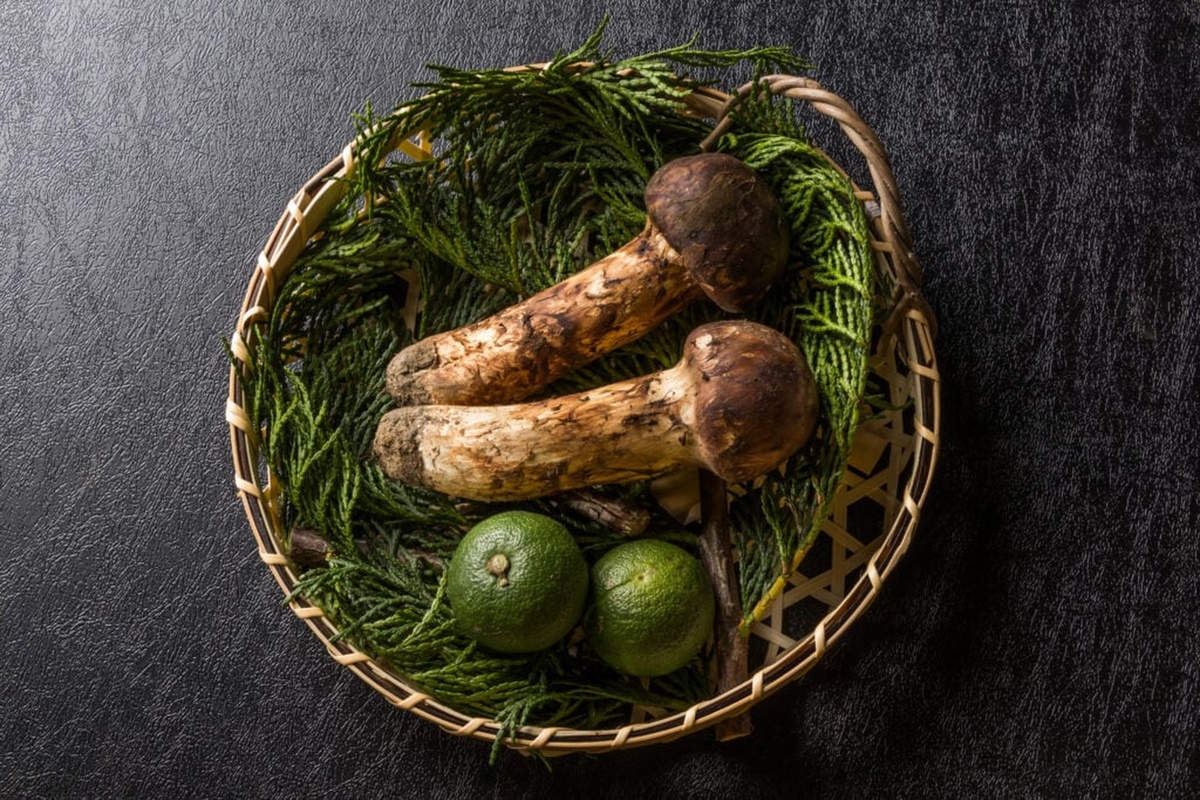
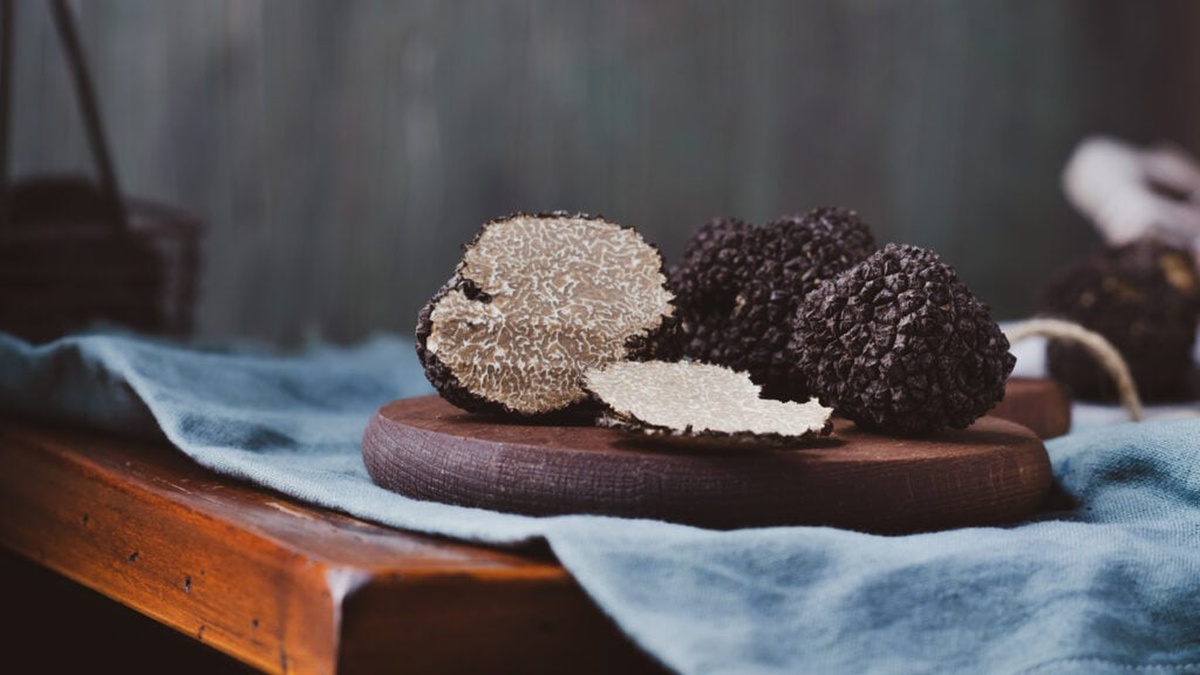
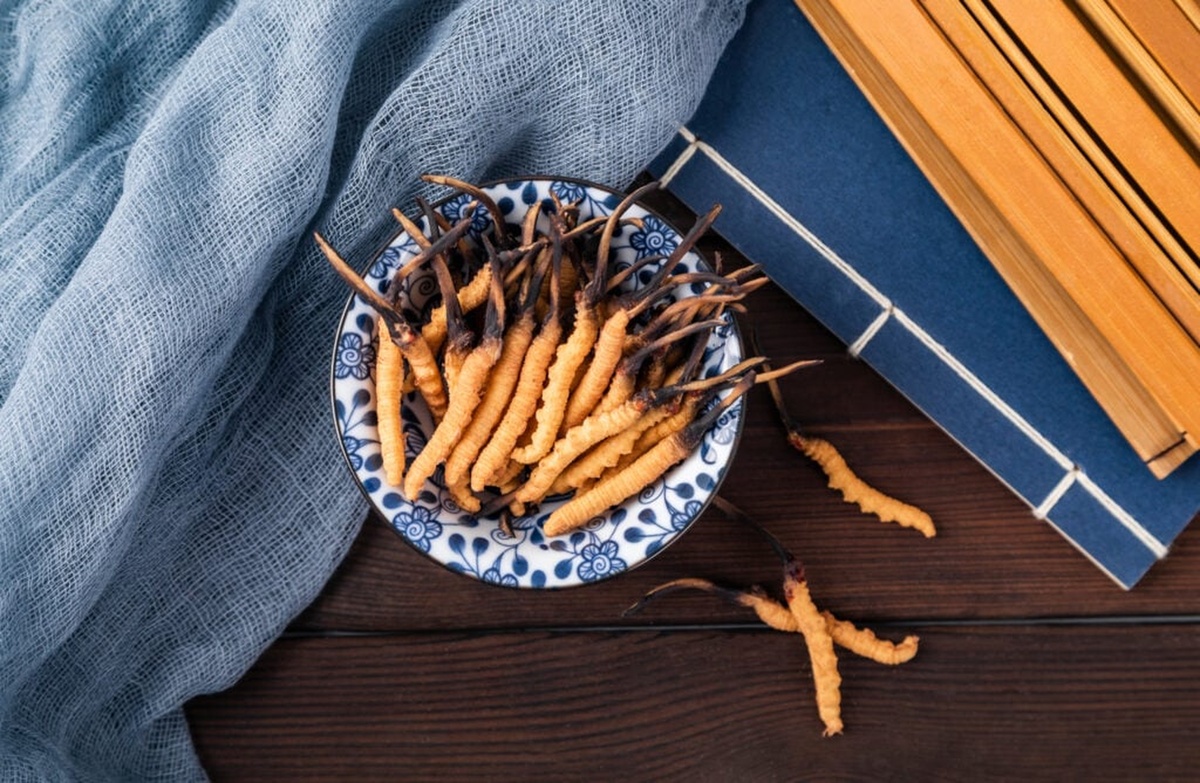
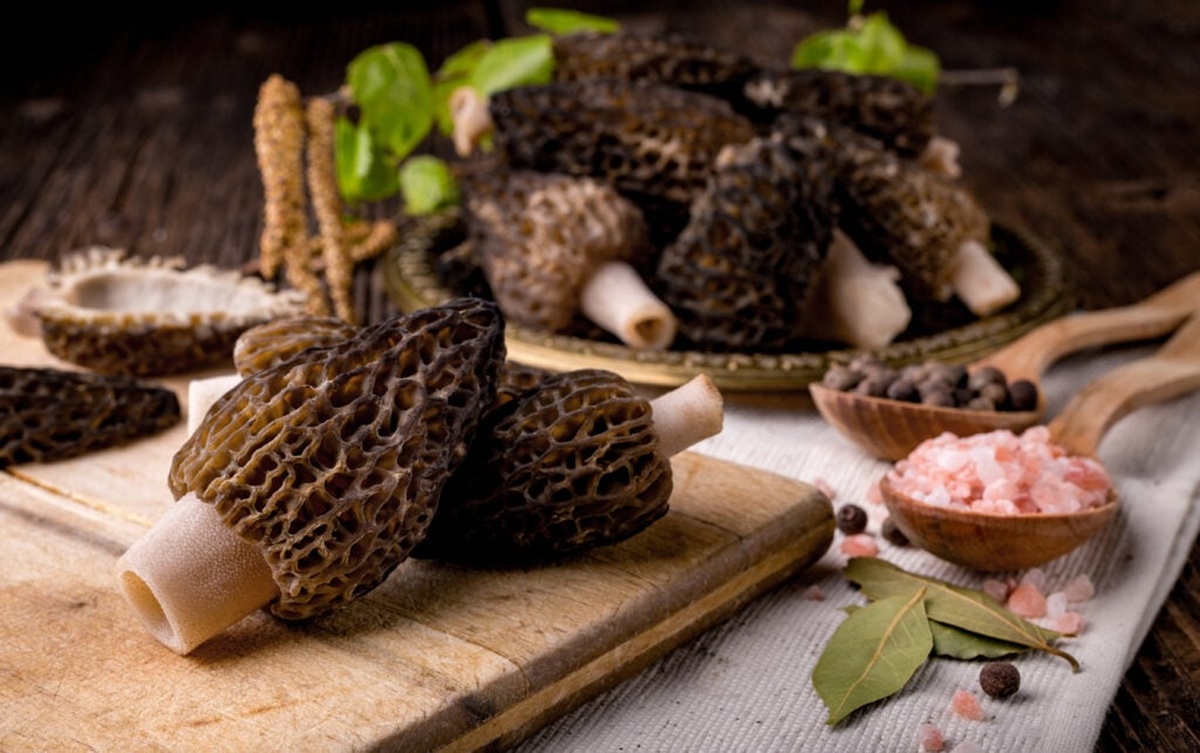
David Martinez
Travel and Food Writer
Expertise
Culinary Travel Writing, Food Photography, Cultural Food Exploration, Restaurant Reviews, Gastronomic Event Coverage
Education
The Culinary Institute of America (CIA), Greystone Campus, St. Helena, CA
Program: Associate Degree in Culinary Arts
Focus: Hands-on training in culinary techniques and kitchen management, blending traditional methods with contemporary food trends.
Le Cordon Bleu, Paris, France
Program: Grand Diplôme (Diploma in Cuisine and Pâtisserie)
Focus: Comprehensive culinary training in both classic French cuisine and pastry arts, emphasizing precision, creativity, and professional kitchen operations.
David Martinez is a travel and food writer who explores the world one dish at a time. With culinary training from The Culinary Institute of America and Le Cordon Bleu, David captures the heart of each place he visits through its food. His journeys, from vibrant markets in Asia to intimate bistros in Europe, inspire his storytelling.
At thebreslin.com, David shares recipes and stories that give readers a taste of global food culture. His approachable writing and passion for authentic flavors help readers feel connected to the world’s kitchens, one bite at a time.